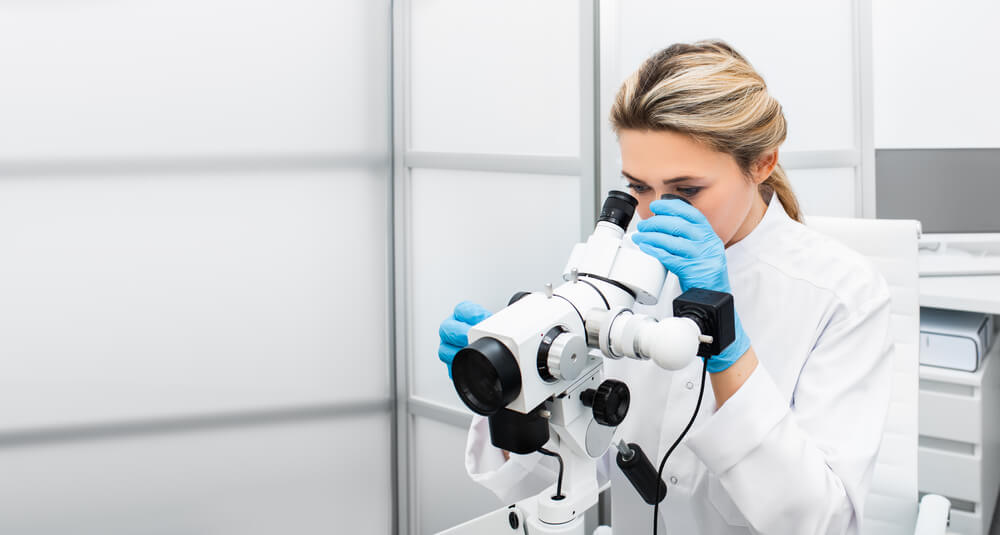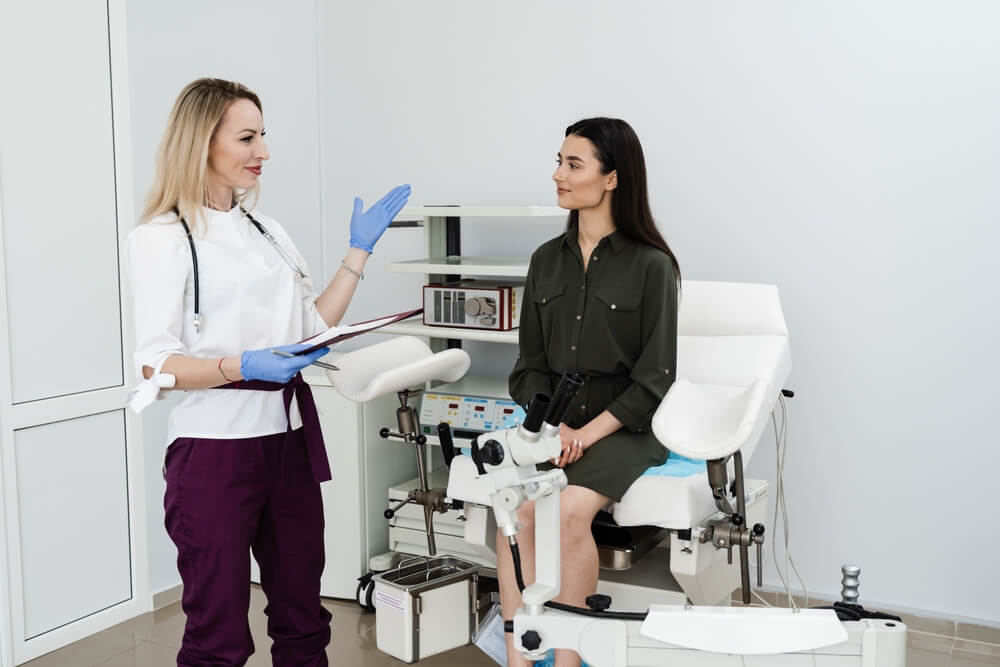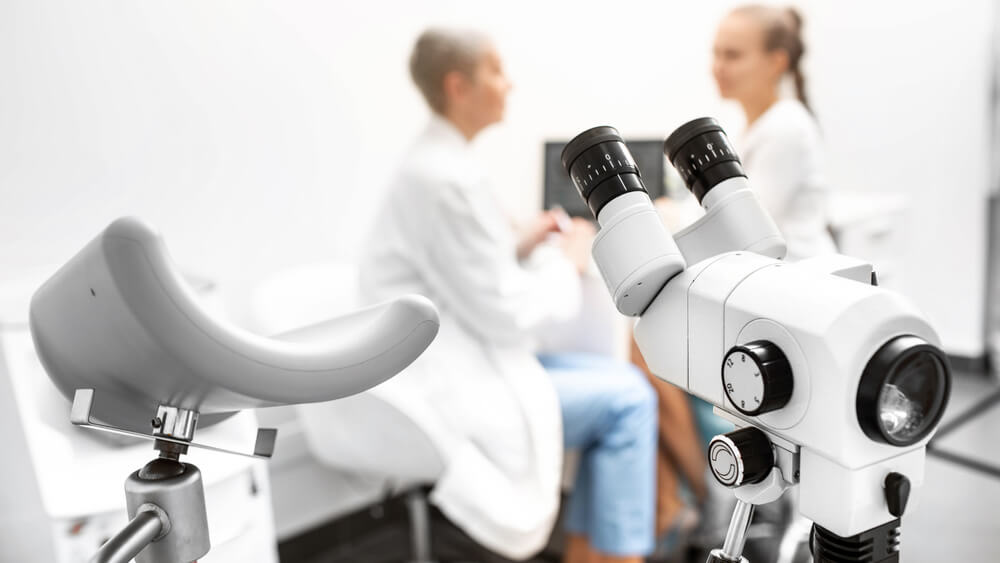Embarking on the journey of women’s health often involves encounters with various medical procedures. One such procedure that can raise questions and concerns is colposcopy. In this blog post, we will delve into the colposcopy procedure, demystify the intricacies of colposcopy biopsies, and separate fact from fiction regarding the perceived pain associated with the process.
If you want to know more about this procedure, as well as other information relevant to your health, you need to find high-quality OBGYN Services in Fort Lauderdale, Florida. One such center already exists, with professional expert teams who are educated and experienced enough to help you with whatever you might need, and their name is Serene Health OBGYN & Wellness.
Colposcopy?
Colposcopy is a specialized medical procedure designed to closely examine the cervix, vagina, and vulva for any signs of abnormalities or irregularities. Typically recommended when Pap smears or HPV tests indicate abnormal results, colposcopy employs a magnifying instrument called a colposcope to provide an enhanced view of the cervical tissues.
During the procedure, a mild solution, often acetic acid, is applied to the cervix to highlight any suspicious areas. One of the key components of colposcopy is the potential performance of a biopsy, where a small tissue sample is taken from the identified areas for further laboratory analysis. This diagnostic tool plays a crucial role in detecting precancerous or cancerous cells and guiding subsequent treatment decisions.
Colposcopy is a valuable and commonly used method in gynecological care, aiding in the early detection and management of cervical health issues.
The Colposcopy Procedure

During a colposcopy procedure, there are several stages a patient must go through, and below we have explained each one in more detail:
- Preparation: Preparation for a colposcopy is minimal, involving simple guidelines to enhance the accuracy of the procedure. Patients are typically advised to abstain from vaginal intercourse, using tampons, or applying vaginal medications for at least 24 hours before the appointment. These precautions ensure a clear examination of the cervix, facilitating the gynecologist’s ability to identify and assess any potential abnormalities during the colposcopy procedure.
- The Examination Room: The colposcopy procedure takes place in a specialized examination room within a gynecologist’s office or clinic. Similar to a routine pelvic exam, patients are asked to lie down on an examination table, creating a comfortable and familiar setting. In this controlled environment, the gynecologist utilizes a colposcope, a magnifying instrument equipped with a light source, to thoroughly examine the cervix, providing a detailed view of the tissues for accurate assessment.
- Instrumentation: The cornerstone of colposcopy is the colposcope, a specialized magnifying instrument with a built-in light source. This tool allows the gynecologist to closely examine the cervix, vagina, and vulva with enhanced precision. The application of the colposcope during the procedure aids in the identification of any suspicious or abnormal areas, contributing to a comprehensive assessment of the patient’s gynecological health.
- Biopsy: During a colposcopy, if suspicious areas are identified, a biopsy may be performed by the gynecologist. This involves the extraction of a small tissue sample from the cervix for further examination in a laboratory. The biopsy is a crucial step, providing valuable insights into the nature of any detected abnormalities and guiding subsequent treatment decisions based on the pathological analysis of the tissue sample.
What is a Colposcopy Biopsy?
When it comes to the question of what is colposcopy biopsy, it is important to answer it as concretely as possible. A colposcopy biopsy is a crucial aspect of the procedure, providing valuable insights into the nature of abnormalities detected during the examination. It involves the extraction of a small tissue sample from the cervix for a detailed pathological analysis. This analysis helps determine the presence of precancerous or cancerous cells.
The biopsy process involves several steps that are crucial for a successful procedure and they include:
- Local anesthesia is where the doctor may administer a local anesthetic to minimize discomfort prior to the procedure. This ensures that the patient experiences minimal pain during the procedure.
- Colposcopy biopsies employ various techniques to extract tissue samples for detailed examination. The punch biopsy, a common method, involves using a small instrument to remove a cylindrical piece of tissue from the abnormal area on the cervix. Endocervical curettage, another technique, involves gently scraping the lining of the endocervical canal to collect cells for analysis. The choice of biopsy technique depends on the location and nature of the suspected abnormalities identified during the colposcopy procedure.
- Laboratory analysis is done once the biopsy is obtained, where the tissue sample is sent to a laboratory for analysis. Results are usually available within a few days and play a crucial role in determining the next steps of treatment if needed.
Does a Colposcopy Hurt?

One common concern among individuals facing a colposcopy is the apprehension about potential pain during the procedure. It is important to note that discomfort experienced during a colposcopy varies among individuals. The majority of patients report feeling only mild discomfort or pressure, often likened to the sensations of a routine pelvic examination. Importantly, gynecologists typically use a local anesthetic before performing a biopsy during the colposcopy, minimizing any potential pain. While some women may feel a brief pinch or pressure, severe pain is rare.
Dispelling myths about pain associated with colposcopy is crucial in ensuring that individuals approach the procedure with accurate expectations. Despite common misconceptions, the reality is that the majority of women find the colposcopy experience to be generally well-tolerated. Reports of severe pain are rare, and the use of a local anesthetic significantly minimizes discomfort during any biopsy procedures.
It is essential to emphasize that any sensations, such as a slight pinch or pressure, are typically brief and manageable. Open communication with healthcare providers helps address concerns and allows for adjustments to enhance the patient’s comfort during the procedure. Understanding the truth about pain associated with colposcopy empowers individuals to make informed decisions about their gynecological health without unnecessary anxiety or fear.
Call Us!
In conclusion, colposcopy is a vital diagnostic tool for women’s health, providing crucial insights into potential abnormalities. Understanding the procedure, the importance of biopsies, and dispelling myths about pain can empower patients to approach colposcopy with confidence and make informed decisions about their health. Remember, communication with your healthcare provider is key to a positive and comfortable experience.
This said we want to invite you to call us or visit our center whenever you feel the need to speak to someone about your reproductive health or talk about potential issues and diagnosis. Our expert team is here for all our patients because we want to ensure a healthy lifestyle for all.


